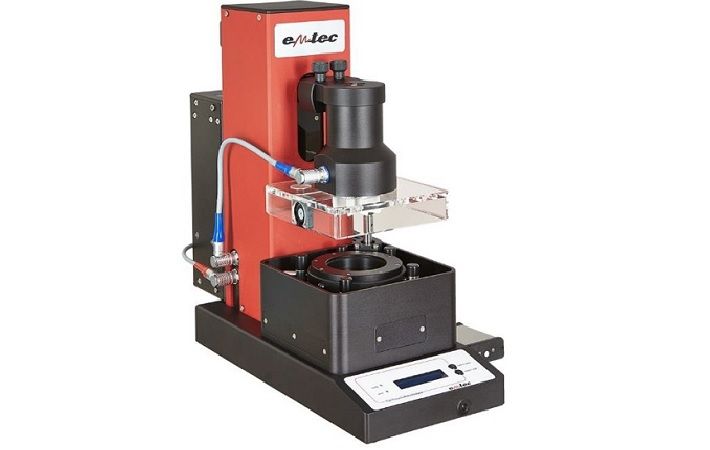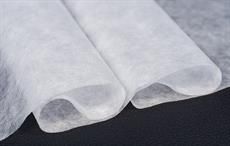
Studies indicate that the way a fabric feels to the touch — i.e. its handfeel — strongly influences a consumer’s decision to buy. Traditionally, manufacturers of textiles and nonwovens use handpanels comprised of individual judges to assess a material’s haptic properties. This can be a time-consuming process and is often influenced by several external factors, since the human sense of touch is a complex and inherently subjective experience.
In contrast, the Tactile Sensation Analyzer (TSA) from Emtec Electronic presents a unique approach: a sound analysis in two different frequency areas determines a material’s softness and roughness. Parameters such as stiffness, plasticity, hysteresis and elasticity are then measured with a deformation measurement i.e. how much a product deforms under a certain load and how well it recovers after deformation. Specific algorithms can combine these individually measured parameters into so-called handfeel values, which correlate very well with the human tactile sensation, the company said in a media release.
Independent evaluations from the industry designed to test the functionality and efficacy of the TSA device have consistently found the results to be highly comparable to the results of physical tests and handpanels. A study on the handfeel of jersey fabrics, for example, published in the Journal of Fashion Technology and Textile Engineering, stated that TSA ranking of softness and smoothness corresponded to the rankings by other direct physical methods as well as with human handfeel. It added that the assessments yielded promising results validating the use of the TSA technology to measure haptic parameters in textiles and nonwovens.
Emtec Electronic will further illustrate the benefits and uses of the TSA in the Innovation Lab and at its presentation at the Index Lab in Geneva.
Fibre2Fashion News Desk (KD)

